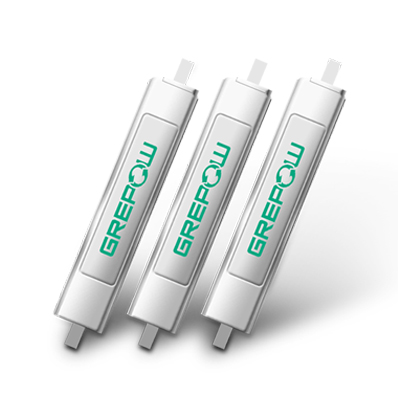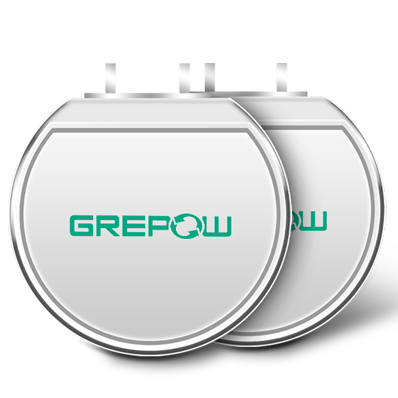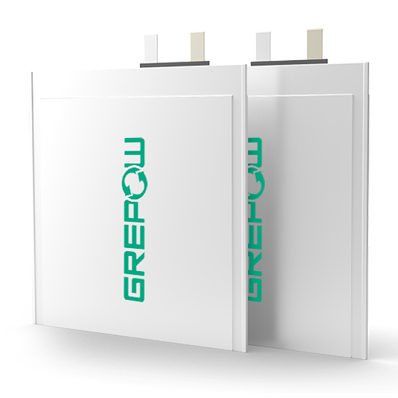Ultra Thin Battery for 3D-printed Braces
3D printed translucent braces require two LED lights and a non-toxic ultra-thin lithium battery on each tooth. New orthodontic appliances reduce the time and cost of correcting teeth. Ultra-thin batteries provide the energy to power the LEDs, which are programmed by the dentist to provide phototherapy for each tooth's needs. The LEDs of the braces will not be visible because they emit light at wavelengths that are invisible to the naked eye. Light therapy enhances bone regeneration and therefore reduces the time and cost of re-division of teeth. It is believed that this can be done by changing the DNA of the tooth cells to increase their energy supply, which allows them to move and thus can be straightened by the stent instead.

Smart orthodontic appliance
Researchers at the Abdullah University of Science and Technology in Saudi Arabia designed the technology. Research author Dr. Mohamed Hussain said: "We started embedding flexible LEDs in 3D printed racks, but they require a reliable power supply." After the explosion of the Samsung Galaxy 7 battery, we may be the current form of the traditional battery that can not meet our purpose. “Therefore, we redesigned the most advanced lithium-ion battery technology as a flexible battery and then bio-safely packaged it in the holder to create a smart dental holder.”
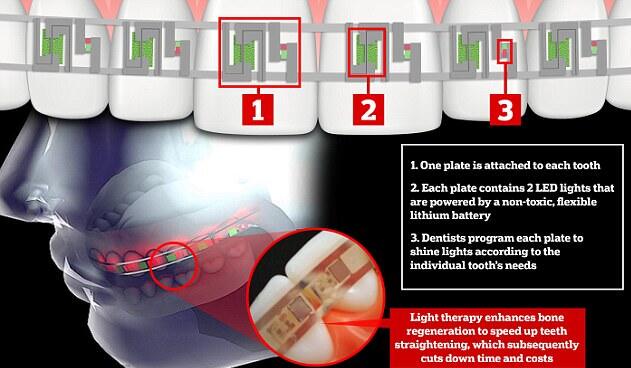
How do lights and batteries straighten your teeth?
How do lights and batteries straighten your teeth? And will the light be visible? It is believed that light therapy can accelerate orthodontic straightness by changing the DNA of its cells, thereby increasing the energy supply. Thereby reducing the movement of energy. Straighten the teeth through the braces. The LEDs of the braces will not be visible because they emit light at wavelengths that are invisible to the naked eye and require an ultra-thin battery to power the lamp.
Proven to be safe
The ultra-thin battery is detachable, rechargeable, and very flexible, with a thickness of only 1.7-2.25mm. At present, GREPOW's ultra-thin battery has reached 0.4mm, which fully meets such requirements. They are also surrounded by soft materials that prevent them from leaking into the mouth.
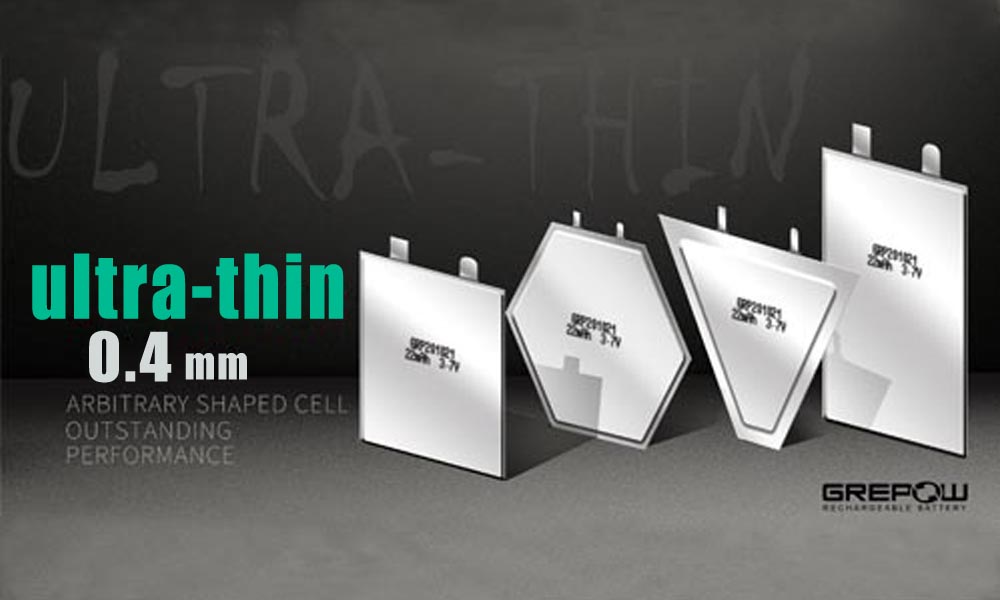
To prove their safety, when human kidney cells are cultured on a battery for several days, these cells multiply and multiply. The test also showed that even with the continuous use of the stand, the ultra-thin battery is still very high. It is not clear when such support is needed, otherwise, they will mimic the existing "train track" because further scientific research is needed. If you are interested in our products, please don't hesitate to contact us at any time! Email: info@grepow.comGrepow Website: https://www.grepow.com/
Related Articles
-
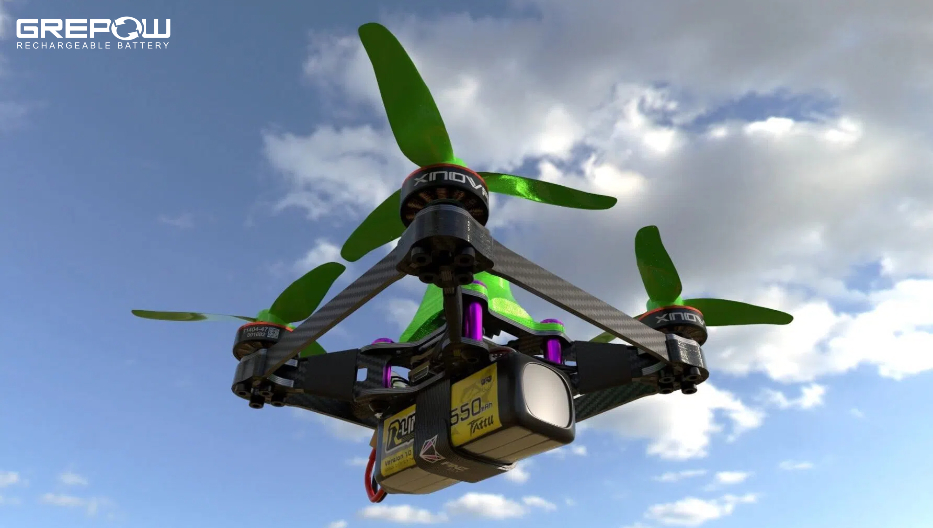
Building an FPV Drone: A Deep Dive into the Technology
2025-06-30 -
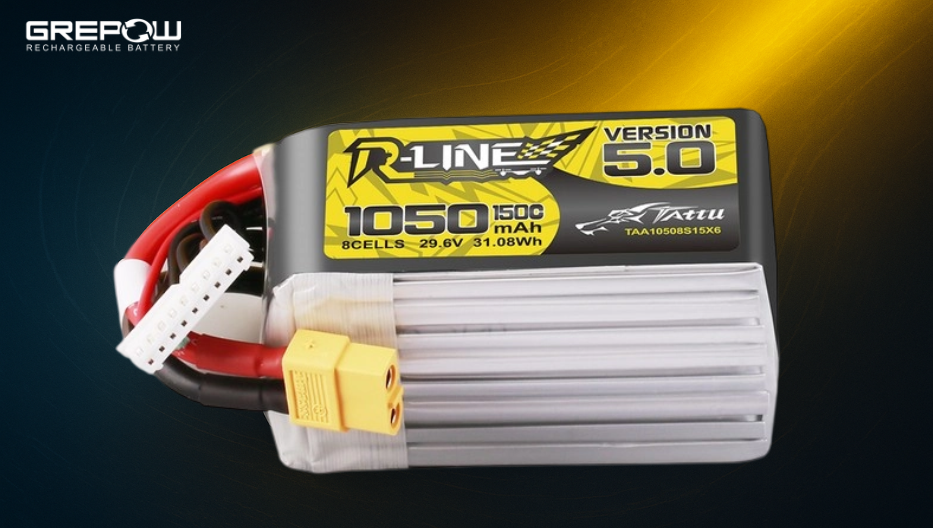
What is an 8S LiPo Battery?
2025-06-20 -
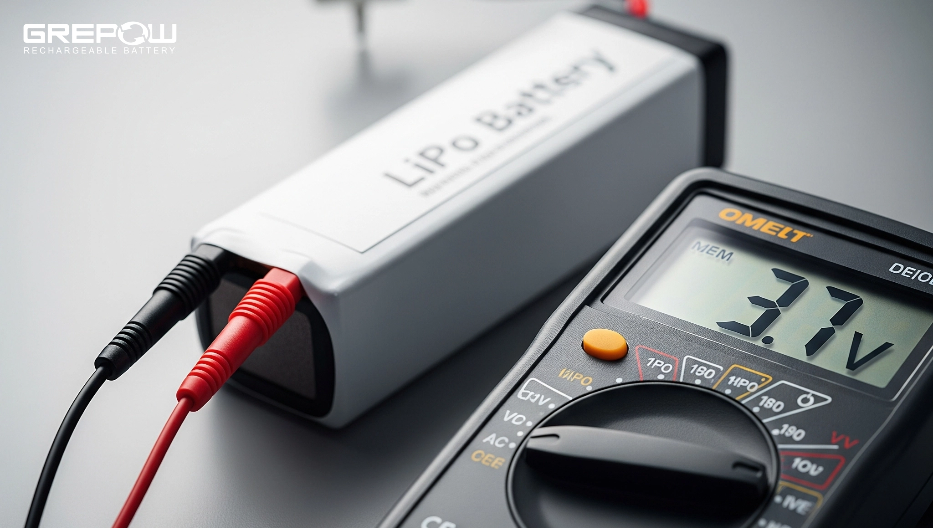
What Is the Voltage of a LiPo Battery?
2025-06-17














































